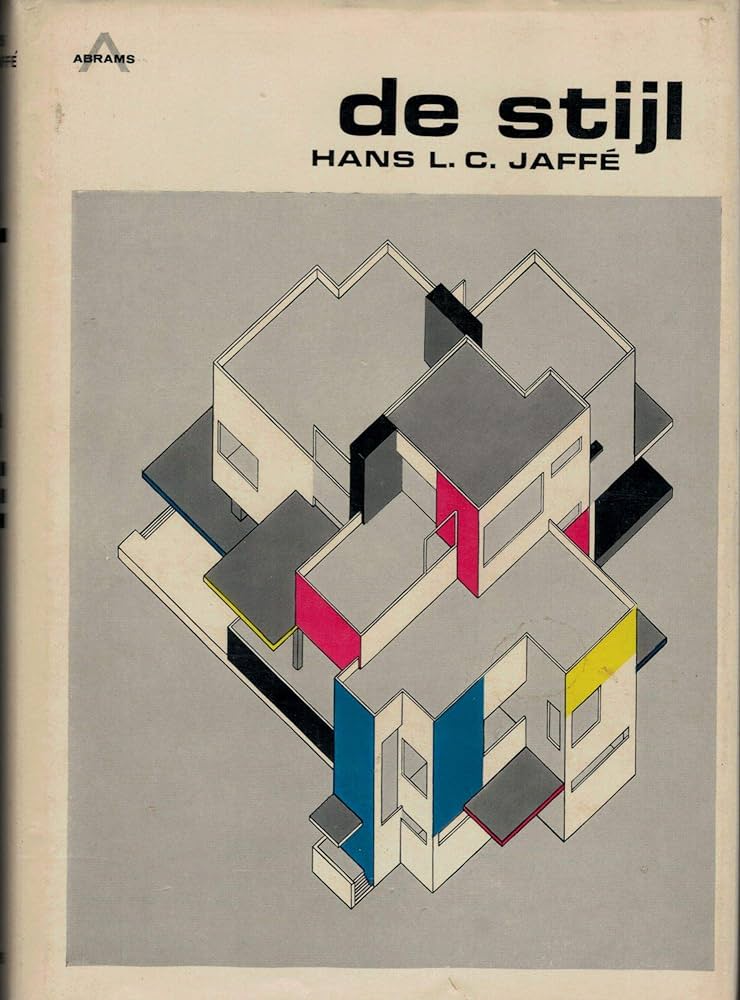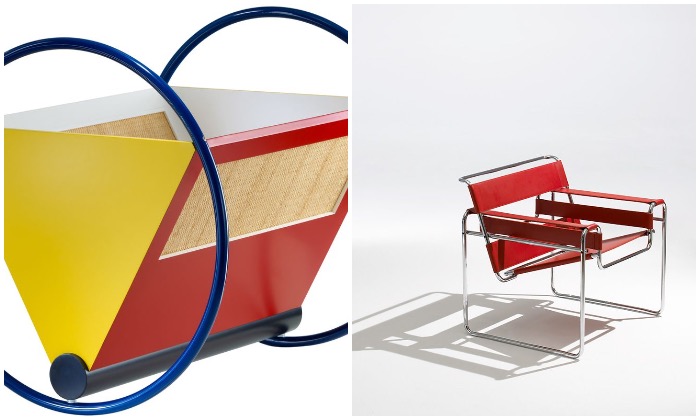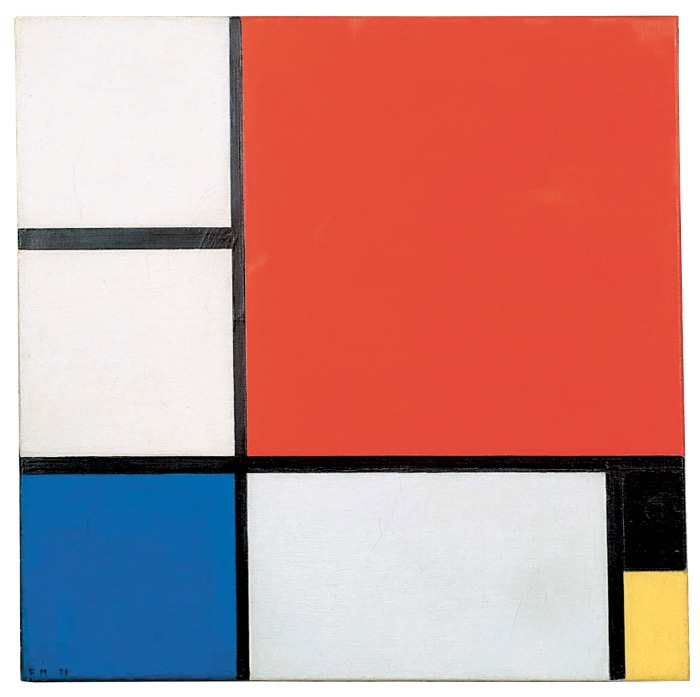
Have you ever heard of Neoplasticism? This term, which may not be as immediately recognizable as other art movements, represents a fundamental turning point in art history.
Neoplasticism, also known as De Stijl, is a movement that influenced not only painting, but also architecture and literature, helping to redefine the way we see and understand art.
Here are what its characteristics are.
What is Neoplasticism

This paper will explore the distinctive features of Neoplasticism and its profound aesthetic implications, which surpassed even Cubism in the search for and abstraction of form.
WHAT IS NEOPLASTICISM
What exactly is Neoplasticism?
This artistic current, born out of the creative experiences of the likes of Pete Mondrian and Theo van Doesburg, to name but a few, marked an era of aesthetic renewal.
A group of artists, united by the same passion for the renewal of art, initiated a quest for formal purity, arguing that forms should be rational and represent the very essence of things.
In Neoplasticism, the use of pure colors such as red, blue, and yellow, side by side with non-colors such as black, white, and gray, is combined with the adoption of the right angle, symbolizing an organized approach and in sharp contrast to traditional art.
Neoplasticism emerged in the Netherlands between 1916 and 1917, gaining international recognition with the publication of De Stijl magazine. This movement, whose name means “the style,” brought a breath of innovation to the art scene of the time.
It was not limited to a radical change in the visual arts.
NEOPLASTICISM IN ARCHITECTURE AND DESIGN
Neoplastic architecture follows principles of orthogonal ta, preferring rectangular shapes and the use of primary colors, avoiding decorative elements that are considered unnecessary.
Gerrit Rietveld, a key figure in this field, created for conics such as the Red and Blue Chair and the Sofa Table, which reflect these ideals.
NEOPLASTICISM, BAUHAUS AND DE STIJL
The connection between Neoplasticism, Bauhaus and De Stijl is very close.
Neoplasticism , the forerunner of the Bauhaus school, active in Germany during the Weimar Republic, saw principles of rationality and formal clarity. However, both movements suffered a freeze in activity following the rise of Nazism.
NEOPLASTICISM AND MONDRIAN
Mondrian, initially influenced by landscape impressionism from naturalism, later evolved toward artistic abstraction. His art was based on harmony, rhythm and intuition, aiming to reveal the beauty of the world through its dematerialization and geometric construction.
In his more mature works, Mondrian explored geometric abstractionism with colorful and luminous forms. His are the most beautiful and intense works of Neoplasticism.

Piet Mondrian (1872-1944), Composizione II
1929. Olio su tela. The National Museum in Belgrade
Neoplasticism offered a new vision of art, focusing on purity of form and rationality. Principles profoundly influenced not only painting, but also architecture and design, leaving a lasting legacy in the art world.
Through understanding Neoplasticism , we can better appreciate how art movements can redefine the way we perceive interact with the world around us.

